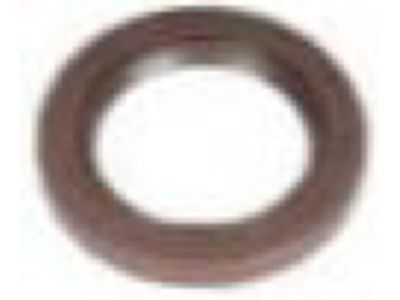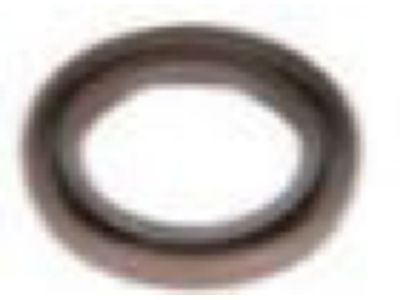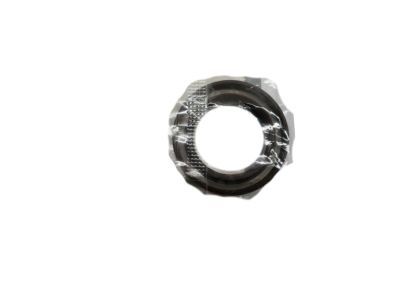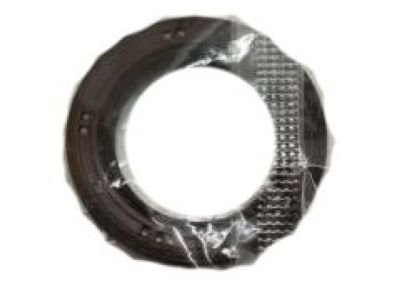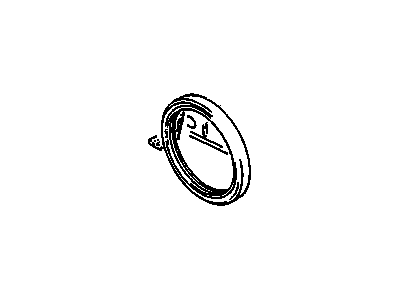
My Garage
My Account
Cart
Genuine 1998 Chevrolet Tracker Crankshaft Seal
- Select Vehicle by Model
- Select Vehicle by VIN
Select Vehicle by Model
orMake
Model
Year
Select Vehicle by VIN
For the most accurate results, select vehicle by your VIN (Vehicle Identification Number).
2 Crankshaft Seals found
1998 Chevrolet Tracker Seal,Crankshaft Front Oil
Part Number: 91175484$9.75 MSRP: $17.73You Save: $7.98 (46%)Ships in 1-3 Business DaysProduct Specifications- Other Name: SEAL, Engine Front Cover & Crankshaft Seal; Camshaft Seal, Front Crank Seal, Oil Seal, Seal
- Position: Front
- Replaces: 96068274, 96051421, 91173294
- Item Weight: 0.30 Pounds
- Item Dimensions: 2.0 x 2.0 x 0.2 inches
- Condition: New
- Fitment Type: Direct Replacement
- SKU: 91175484
- Warranty: This genuine part is guaranteed by GM's factory warranty.
- Product Specifications
- Other Name: SEAL, Engine Rear Main Bearing; Rear Main Seal
- Position: Rear
- Item Weight: 0.40 Pounds
- Item Dimensions: 4.2 x 4.1 x 0.3 inches
- Condition: New
- Fitment Type: Direct Replacement
- SKU: 96065634
- Warranty: This genuine part is guaranteed by GM's factory warranty.
1998 Chevrolet Tracker Crankshaft Seal
We are your prime source for competitively priced and high-quality OEM 1998 Chevrolet Tracker Crankshaft Seal. We provide you with parts that will allow you to save a lot of money without sacrificing quality. All our OEM parts are backed by the manufacturer's warranty and shipped out at a swift rate.
1998 Chevrolet Tracker Crankshaft Seal Parts Questions & Experts Answers
- Q: How to install a rear Crankshaft Seal on 1998 Chevrolet Tracker?A: All models come with a one piece seal that fits into a housing attached to the block. The crankshaft must be installed first and the crankshaft bearing caps bolted in place, then the new seal should be installed in the housing and the housing bolted to the block. Prior to installing the seal and housing, the seal contact surface should be carefully inspected for scratches and nicks that could damage the new seal lip and cause oil leaks. If the crankshaft is damaged, the only alternative is a new or different crankshaft. The old seal can be removed from the housing with a hammer and punch by driving it out from the backside, supporting the seal retainer on two wood blocks and carefully driving out the seal. It's important to note how far it's recessed into the housing bore before removing it; the new seal will have to be recessed an equal amount. Care should be taken not to scratch or otherwise damage the bore in the housing or oil leaks could develop. The housing should be clean before applying a thin coat of engine oil to the outer edge of the new seal. The seal must be pressed squarely into the housing bore, so hammering directly on it is not recommended. If a press is not available, the seal can be tapped into place with a hammer and a block of wood. The block of wood must be thick enough to distribute the force evenly around the entire circumference of the seal. Work slowly and ensure the seal enters the bore squarely. The seal lips must be lubricated with moly-base grease or engine assembly lube before the seal/housing is slipped over the crankshaft and bolted to the block. A new gasket is needed-no sealant is required-and the dowel pins must be in place before installing the housing. The bolts should be tightened a little at a time to the torque.
